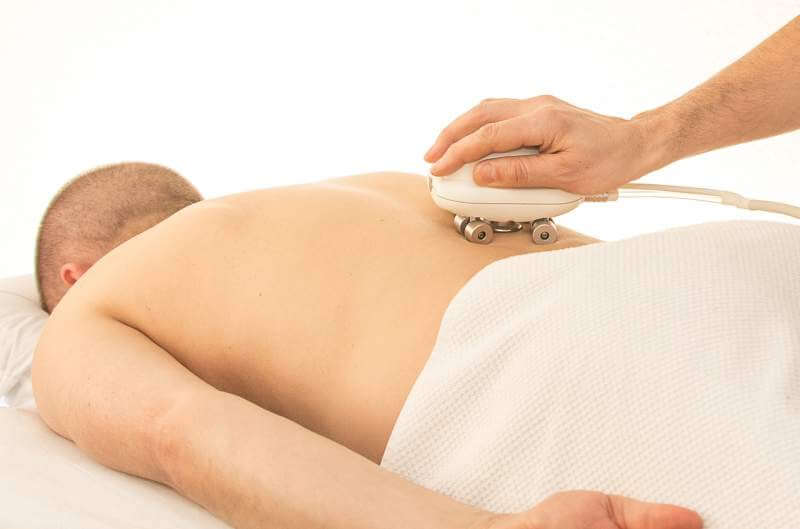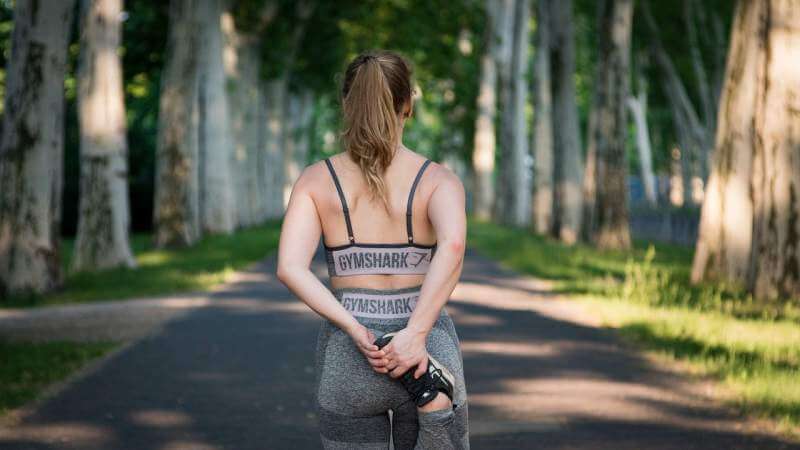Sciatica is a type of leg pain that can occur as a result of a low back condition. The sciatic nerve originates in the lower back, travels down the buttock, and branches out through the back of the leg to the foot. The sciatic nerve can be symptomatic for a variety of reasons. Herniated discs, stenosis (narrowing of the nerve), stiffness in the hip, and pelvic misalignment are all common causes of sciatica. Pain, numbness, tingling, cramping, burning, and weakening in the leg muscles are all signs of sciatica. Medication, stretching, and, most significantly, physical therapy can all help with sciatica.
Physical therapy and exercise are commonly used as first-line treatments for sciatica pain relief, treatment, and prevention. The following are common sciatica signs and symptoms that can be treated with physical therapy:
- Lower back, hips, and leg pain are common complaints.
- Buttock, thigh, calf, and foot numbness, tingling, and weakness
Radiating pains into the leg, usually known as sciatica, can be caused by underlying medical issues such as a herniated or degenerative disc or nerve root compression in the lumbar spine. Physical therapists, chiropractors, physiatrists (also known as physical medicine and rehabilitation physicians), and certified athletic trainers are among the health experts who specialize in providing medical care and therapy for radiating lower back pain. Physical therapists are specially educated to treat radiating lower back pain with manual therapy treatment, exercise programs, and rehabilitation.
Goals Of Physical Therapy And Exercise In Treating Sciatica Pain

The lower back, pelvis, abdomen, buttocks, and thighs can benefit from physical therapy and exercise to strengthen and mobilize tissues. Physical therapy and exercise are used to address the signs and symptoms of sciatica pain.
- Restore functional movement patterns that are pain-free.
- Pain in the lower back, buttocks, thigh, and leg can be relieved.
- Muscle spasms should be reduced.
- Re-establish lumbar spine and sacroiliac joint function
- Lower-body mobility should be improved.
- Improve the healing environment in your lower back.
- To minimize pain perception, encourage neural responses.
- Prevent future pain flare-ups by reducing the anxiety of mobility.
Exercise Techniques And Physical Therapy For Sciatica Pain Relief
Extension And Flexion Back Exercises
This aids in pain relief by encouraging spine movement. Individuals suffering from lower back pain and sciatica often find comfort by moving their spine in a specific way. Before prescribing specific directional exercises, a physical therapist will usually assess a person’s directional preference, as these are tailored to the individual patient and symptoms.
Backward (extension) and forward (flexion) bending are examples of these workouts. The McKenzie Method, also known as mechanical diagnosis and rehabilitation, relies heavily on directional movement (MDT).
The McKenzie Method
A sequence of active directional movements is used to locate and treat a pain source in the spine, muscles, and joints. The technique focuses on using exercise to bring radiating pain closer to the body’s center, such as shifting leg discomfort closer to the spine. The concept behind this method is that by concentrating on pain, symptoms would improve. The purpose is to alleviate problems that radiate from the spine. The McKenzie Method is usually practiced by physical therapists, who have received specialized McKenzie Method training.
Strengthening Exercises
Bodyweight and resistance exercises are used to strengthen the abdominal, low back, hips, and leg muscles. Isometric exercises are those in which muscles are contracted without the joints moving. Planks and bridge hold are two examples of isometric exercises. When symptoms are more severe, these activities might help strengthen muscles.
Isotonic workouts, such as resistance bands and weight training, use the contraction of a muscle to resist a steady load in order to assist improve muscle strength by providing continual resistance to specific actions.
Functional Resistance Training
Reintroducing motions like lifting, carrying, and bending or squatting are all part of functional retraining. To minimize pain and prevent re-injury, good technique and healthy movement patterns are included.
Joint Mobilization
It’s a type of manual therapy in which the physical therapist applies pressure to a joint in order to mobilize it and produce a therapeutic effect.
Dry Needling
A qualified healthcare expert uses a tiny needle to target a trigger point in a muscle in this procedure. This technique is used to relieve sciatica pain by releasing hyper-irritable and hyper-contracted muscle tissue.
Muscle Energy Technique
It is a type of manual treatment in which the patient performs modest muscular contractions as the physical therapist moves the affected joints through a prescribed range of motion. This approach may aid in the reduction of pain and the restoration of function.
Final Words!
Committing to right and ergonomically supported posture during sitting, standing, and walking, in addition to physical therapy and exercise, is critical in treating and avoiding sciatica pain. It’s also crucial to stick to daily routines like utilizing ergonomically safe lifting techniques and sleeping with correct postures.

